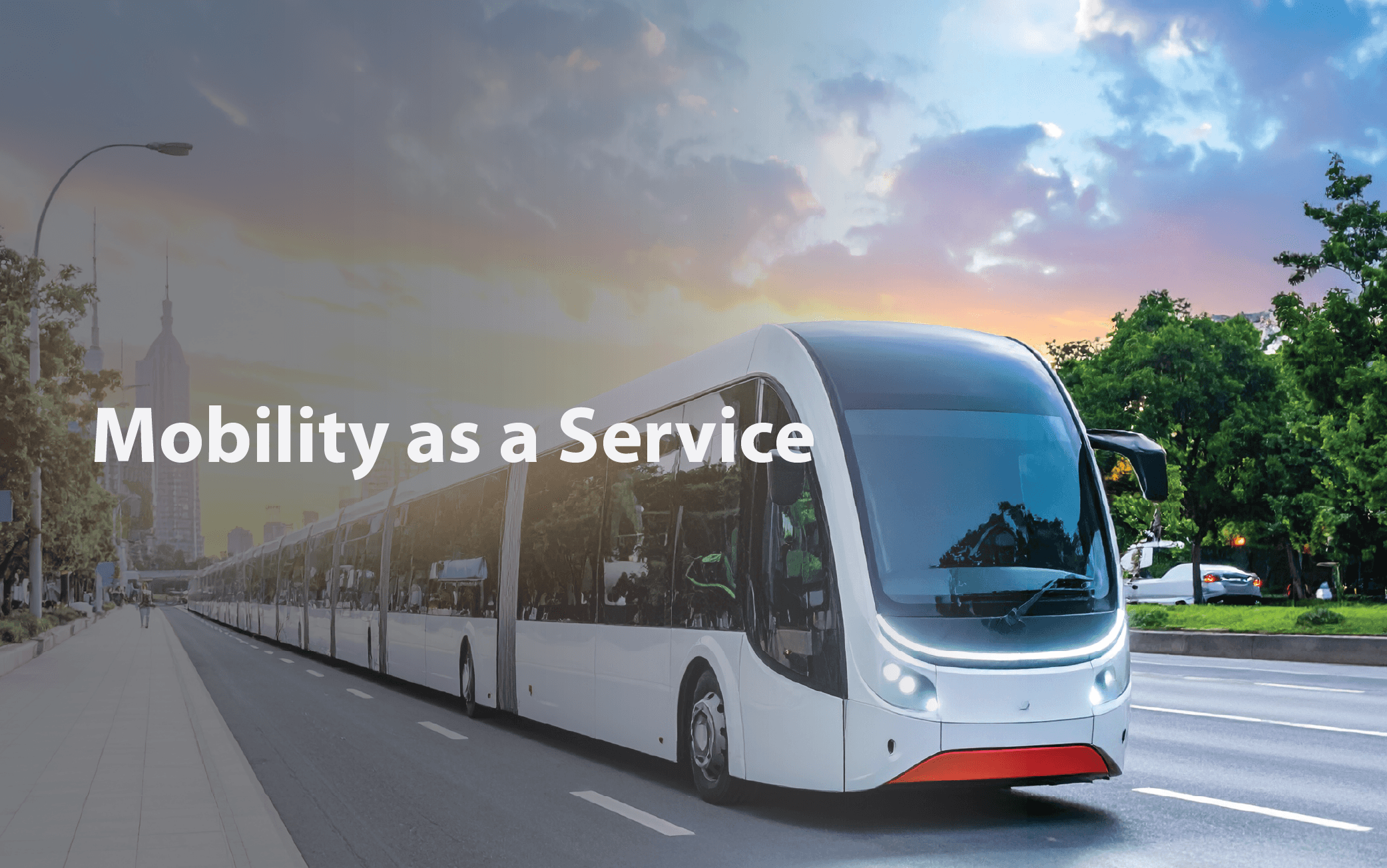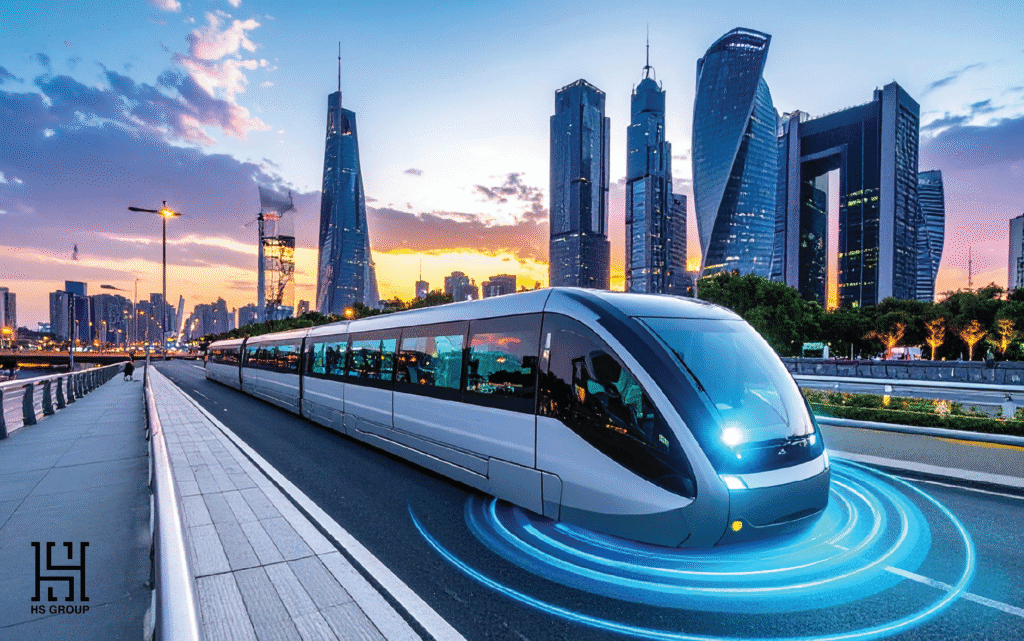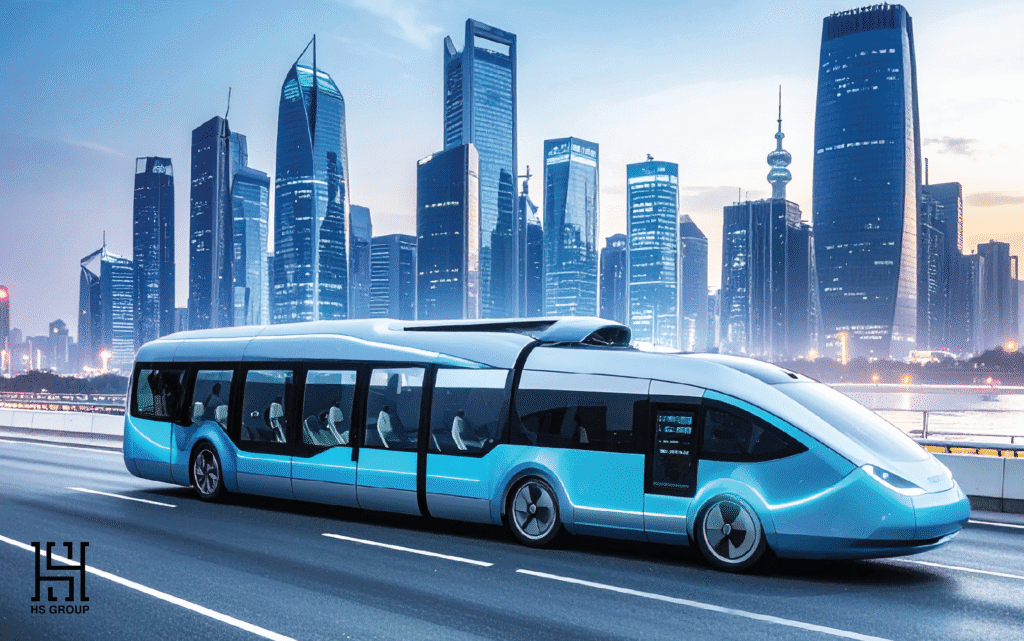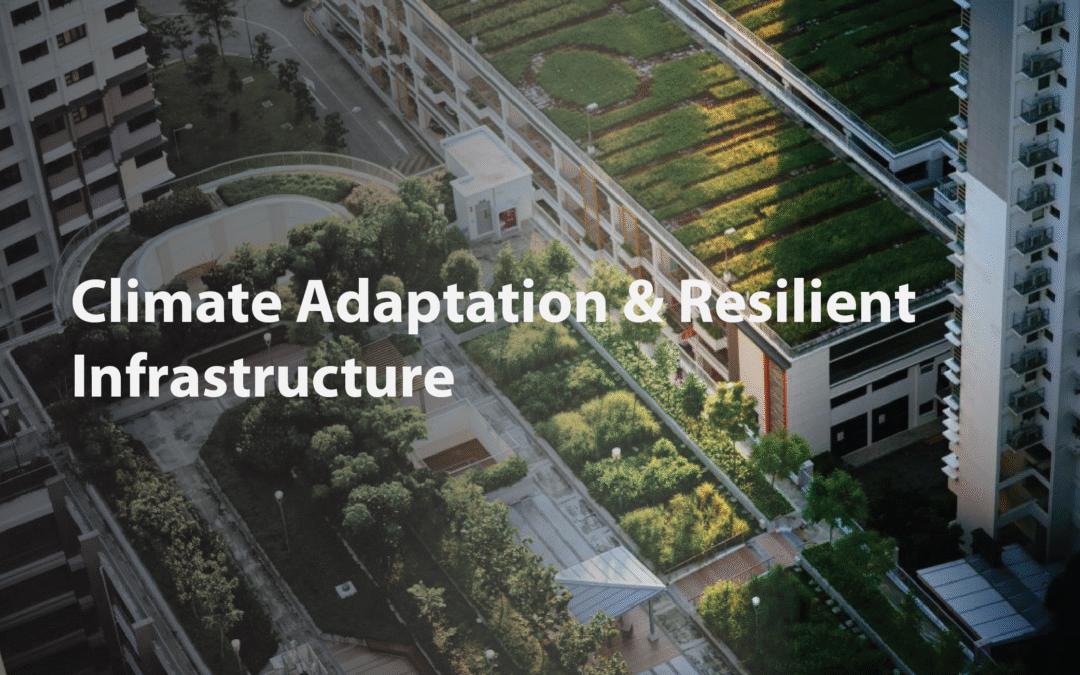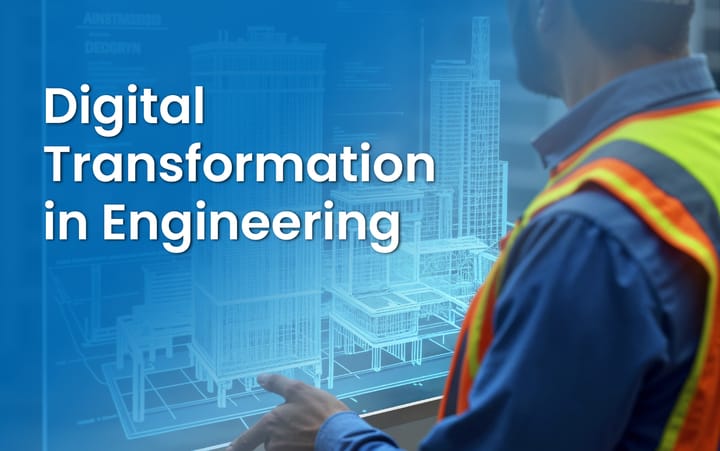Beyond the App: What Really is Mobility as a Service?
What if your city’s entire transportation network; buses, trains, scooters, ride-shares, and bikes, worked as seamlessly as a single, intuitive ecosystem?
For decades, urban life has been synonymous with the friction of commuting: juggling separate tickets, consulting multiple apps, and praying for connections. We’ve all felt the frustration of a transit network that feels like disconnected islands.
Mobility as a Service (MaaS) is the answer. It’s a paradigm shift, moving the focus away from owning a mode of transport toward consuming mobility itself as a unified, user-centric service.
MaaS is much more than just a trip-planning app; it represents a complete re-engineering of urban mobility. It integrates various transport options—from public transit and taxis to micro-mobility and rental cars—into a single platform that handles everything: journey planning, booking, and payment. For the user, it simplifies complex urban travel into one subscription or pay-as-you-go digital solution. For cities, it’s the key to unlocking sustainable, equitable, and efficient movement.
The 4-Layer Mobility as a Service Architecture
Implementing mobility as a service is a complex engineering challenge that requires deep expertise across infrastructure, technology, and governance. At its core, mobility as a service rests on four critical, interconnected layers:
The Physical Infrastructure Layer (HS Group’s Core Expertise)
This is the foundational layer—the streets, stations, charging docks, and dedicated lanes that make the entire system possible. While the digital platforms get the attention, the physical mobility as a service implementation is where major capital investment and engineering rigor are required. HS Group’s expertise is crucial here. We handle the design and execution of:
Integrated Hubs: Designing smart transit centers where buses meet trains, and scooters meet ride-shares seamlessly.
Micro-Mobility Infrastructure: Planning and building safe, compliant docking and charging stations for e-bikes and scooters.
Digital Roadway Sensing: Integrating sensors and communication infrastructure into the existing transport network to provide real-time data to the system.
Without robust, future-proof physical infrastructure, the best software platform in the world will fail.
The Data & Connectivity Layer
This layer is the nervous system. It relies on real-time data sharing between all transport providers and the central platform. This includes GPS location of buses, real-time traffic speeds, scooter battery levels, and train delays. Open data standards are essential here, ensuring that every piece of the urban mobility strategy can communicate instantly and reliably. This data powers the accuracy of journey planning and pricing.
The Service Integration Platform
This is the powerful backend where the magic happens. It’s where the services from Layer 2 (Data) are combined and made actionable. This platform handles complex tasks like:
Dynamic Pricing: Calculating the most cost-effective and time-efficient route, often combining services from different vendors.
Booking and Ticketing: Managing the transaction and booking process across all partnered service providers through a single user account.
Subscription Management: Handling various user subscription models (e.g., unlimited monthly transit passes bundled with discounted scooter rides).
The User Interface Layer
This is the single application or interface the user interacts with. It must be intuitive, accessible, and provide instant information on routes, schedules, costs, and sustainable options. This layer serves as the front door to the entire mobility as a service ecosystem, making the complex seamless.
The Tangible Benefits: More Than Just Convenience
The true value of Mobility as a Service is measured in its impact on cities, citizens, and commerce. The benefits of Mobility as a Service are transformative:
- For Cities: MaaS is a powerful tool for civic managers. Pilot cities have seen quantifiable improvements, including a 15-20% reduction in traffic congestion during peak hours, lower carbon emissions, and powerful data for making smarter, more equitable infrastructure planning decisions. Furthermore, MaaS can significantly improve equitable access to transport, ensuring citizens in lower-income areas are connected to jobs and services.
- For Users: The experience is streamlined, offering true door-to-door journey planning, often reducing travel costs by bundling services. Users gain a seamless, cashless, and highly personalized experience, minimizing the need for private car ownership.
- For Transport Providers: Public and private operators benefit from increased ridership, especially during off-peak hours. They gain access to valuable usage data and new revenue streams through the central platform, optimizing their existing fleets and services.
The Path to MaaS – Roadmap
Implementing a city-scale MaaS system is an undertaking that requires expert planning and phased execution. Our roadmap focuses on integrating the technical, political, and physical realities of your unique environment:
Mobility Audit & Feasibility Study: We begin by analyzing your city’s current transport ecosystem, public policy frameworks, and existing data infrastructure to identify the most viable and impactful MaaS implementation opportunities.
Stakeholder Alignment & Governance: This is often the hardest step. We facilitate the complex partnerships and governance models needed to align public transit agencies, competitive private operators, technology vendors, and payment providers under a unified strategy.
Phased Pilot Program: A focused, manageable proof-of-concept is launched in a defined district (e.g., a university campus or central business district) to rigorously test the system, collect user feedback, and refine the technology before city-wide rollout.
Full-Scale Roll-Out & Optimization: We manage the seamless city-wide implementation and establish continuous improvement protocols based on real-time data analysis, ensuring the system evolves with your city’s urban mobility strategy.
Ready to move your city beyond traffic jams and into a smarter, integrated future? Need help engineering a successful MaaS strategy from the ground up? Get a free quote from HS Group!
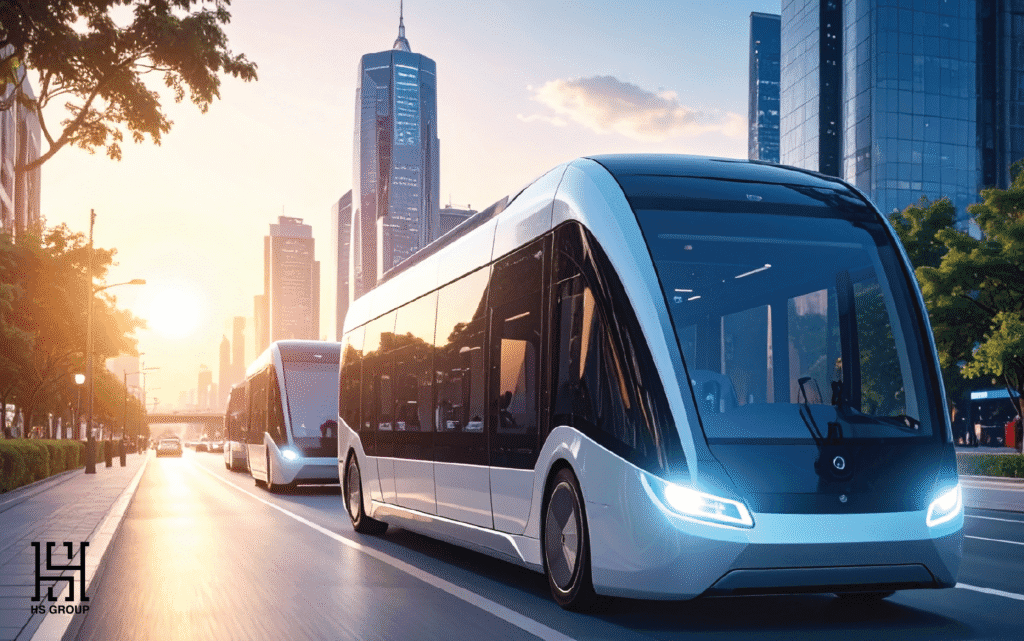
Frequently Asked Questions
Is MaaS simply an app for public transit?
A: No. While it uses an app, MaaS fundamentally integrates all transport modes—public transit, taxis, ride-shares, bikes, scooters, and even parking—into a single transactional and planning ecosystem. The goal is to make using combined services easier than driving a private car.
What is the biggest barrier to MaaS implementation?
The biggest barrier is often not technical, but institutional. It requires private competitors (like Uber/Lyft) and public agencies to agree on data sharing, ticketing integration, and pricing models. Governance and stakeholder alignment are critical.
How does mobility as a service affect traffic congestion?
Studies, such as those conducted in Helsinki, show that mobility as a service strongly encourages a modal shift away from private cars toward shared and sustainable transport. By making shared transport the most convenient option, cities can expect measurable reductions in vehicle miles traveled (VMT), often leading to a 15% to 20% drop in peak-hour congestion.

